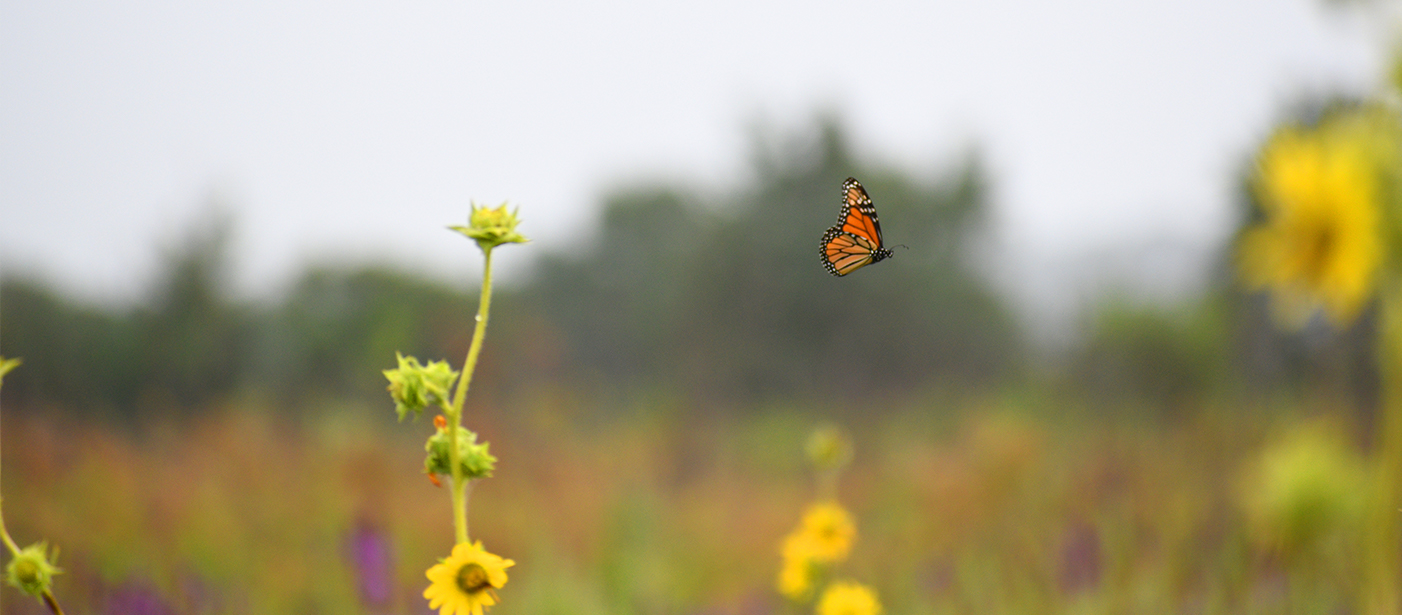
ARKANSAS MONARCH CONSERVATION PARTNERSHIP

# Habitat Needs
Because the success of the monarch relies on the success of each generation, the abundance of quality habitat throughout their migratory flyway cannot be understated. The multi-generational migration phenomenon requires the right plants at the right time for each lifecycle stage. Milkweed is necessary because it is the host plant for monarch caterpillars. Female monarchs lay eggs on milkweed because it is the only plant that caterpillars will consume before pupating and emerging as butterflies.
Adult monarchs do not continue to grow, but they do need to fuel their flight with nectar. A diversity of native wildflowers that bloom through spring, summer, and fall, or the “growing season”. We recommend a minimum of three native species that bloom in each season.
The best milkweed and wildflower species to use are native to your location. You can find a list of Arkansas native species here. Native species not only help the monarch, but they also provide essential habitat for other species of pollinators and wildlife. Natives also improve soil health, increase water infiltration, and improve water quality with their deep and extensive root systems.